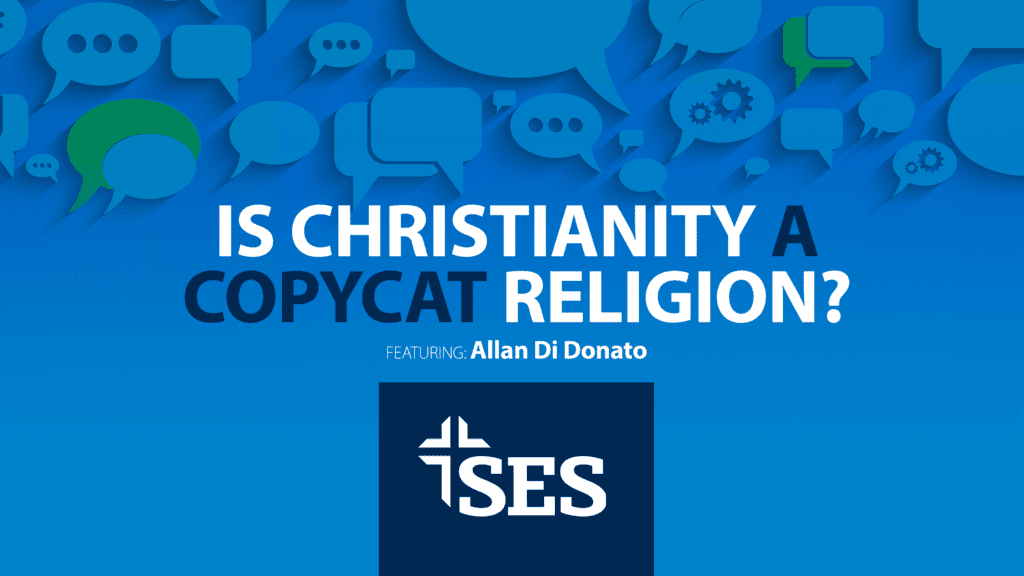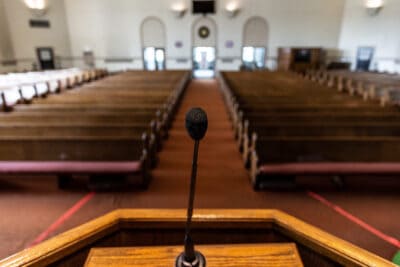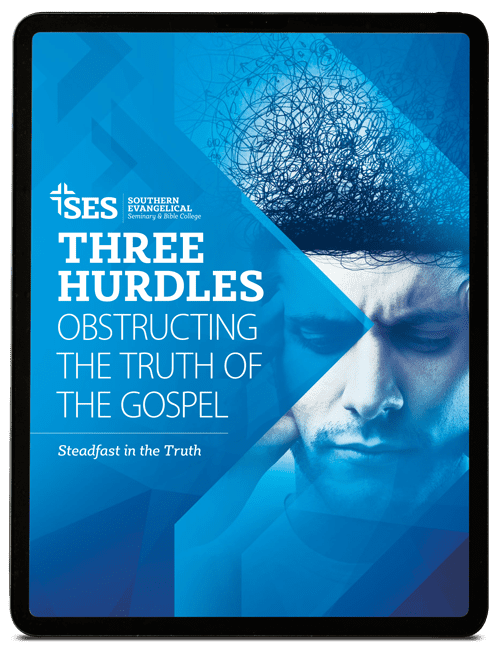Is there any validity to the never-ending spiral of conspiracy theories that surround the life, death, and resurrection of Jesus every Easter? This week on Why Do You Believe?, author and SES alum Allan Di Donato discusses this important topic.
From the movie Zeitgeist to casual assertions from cultural commentators such as Bill Maher, accusations that early Christians based the New Testament picture of Jesus partially on the worship of an ancient Persian deity known as Mithra and that Christianity borrowed from the Roman mystery cult of Mithraism have become fashionable.
So, is Christianity just a copycat of other myths, or did Jesus really rise from the dead? Di Donato makes two overarching observations as he examines the parallels and the differences between the New Testament accounts of Jesus and the claims of dying and rising gods from pagan myths and cults.
1.) Many of the alleged parallels are exaggerated or tenuously supported.
From the notion that Christians mimicked the significance of December 25th to other spurious connections, Di Donato debunks many of the ostensible “parallels” offered in support of a theory of copying, while also noting that the sparse amount of information we have from the Mithraic cult does not represent a sufficient data set for comparison.
2.) Parallels that may in fact be genuine are a necessary condition that can be accounted for in a variety of ways that do not involve copying.
So where would genuine parallels come from if copying is unlikely? Throughout the history of humanity, we find the same patterns, images, and story-lines recurring despite separation of time and culture.
One plausible explanation for this phenomenon is something universal and inherent about the way human beings approach reality, something about the way they think. There are authentic parallels between hero myths and god myths in the life of Christ, and this is to be expected if God has placed eternity in our hearts from the very beginning (Eccles. 3:11). As Di Donato puts it:
“Realize if there are these patterns of human thought, and if God has created us in a certain way to engage with reality and that’s the reason that you have these kind of transcultural symbols and archetypal images and ideas and motifs and stories all around the globe, then that very well might just be part of God’s plan to reveal himself in general revelation. There’s a reason that the gospel, ultimately, is transcultural. Every culture that hears the gospel for the first time, it’s going to resonate with them…”
Be sure to get your copy of The Mithraic Origins of Christianity: Questioning the Mithras-Christ Connection, listen to the full interview with SES Alum Allan Di Donato, and if you’re ready to examine your faith intellectually and give reasons for your hope in Christ, consider SES by downloading our free e-book at the link below.

Download Your FREE eBook!
- Reading Books and Listening to Talks is Not Enough
- Not All Apologetics Methods Are Created Equally
- A Degree is More Than a Piece of Paper






